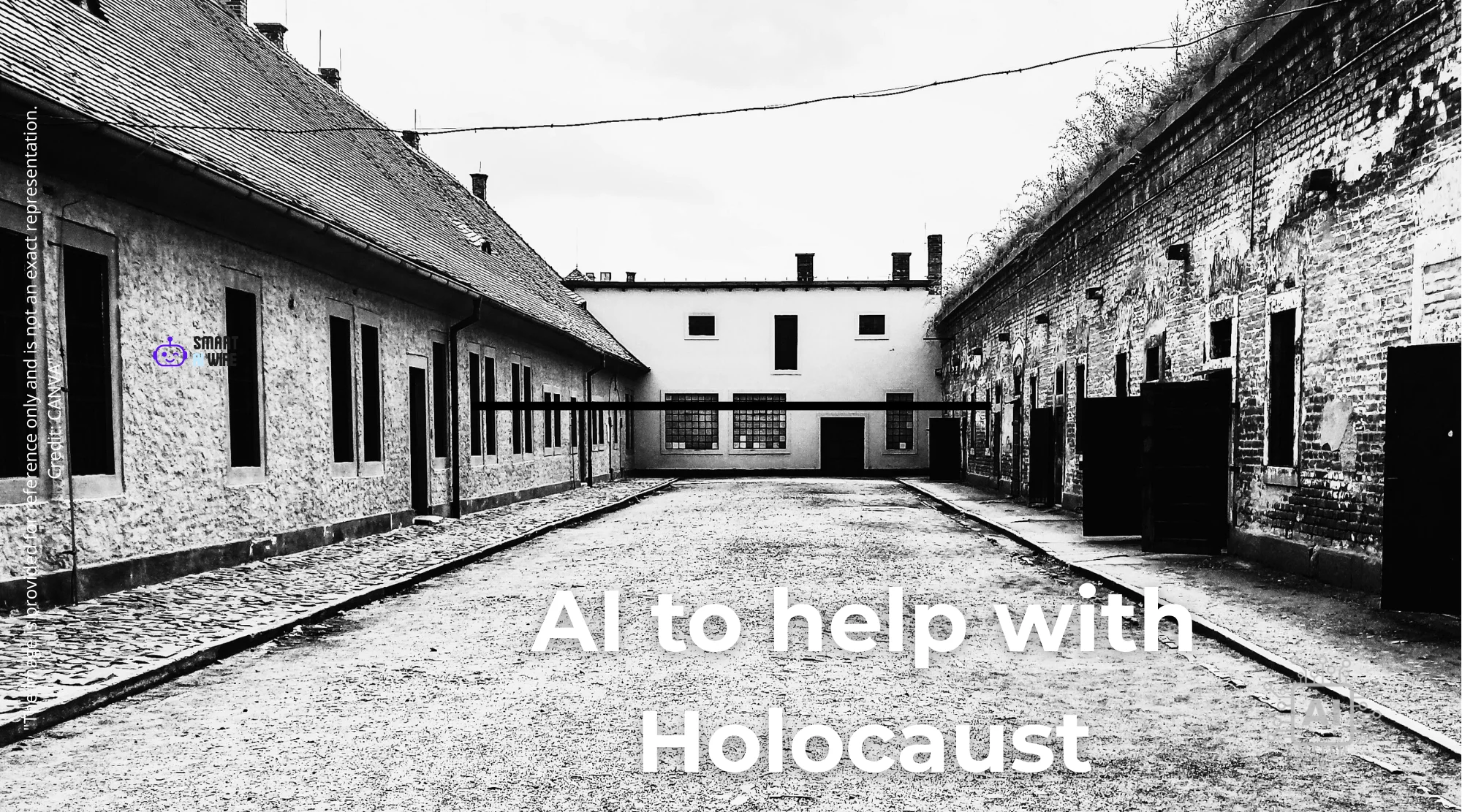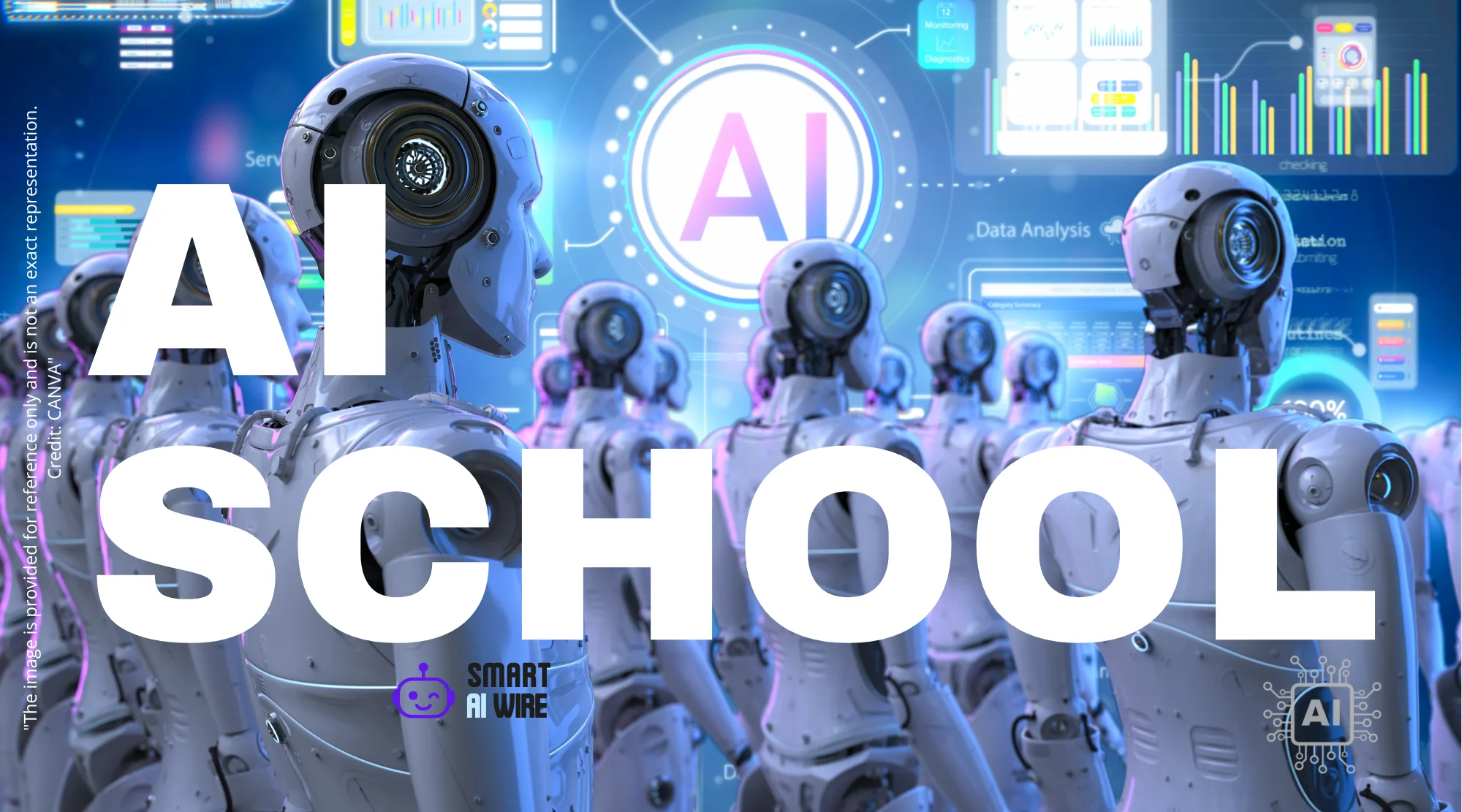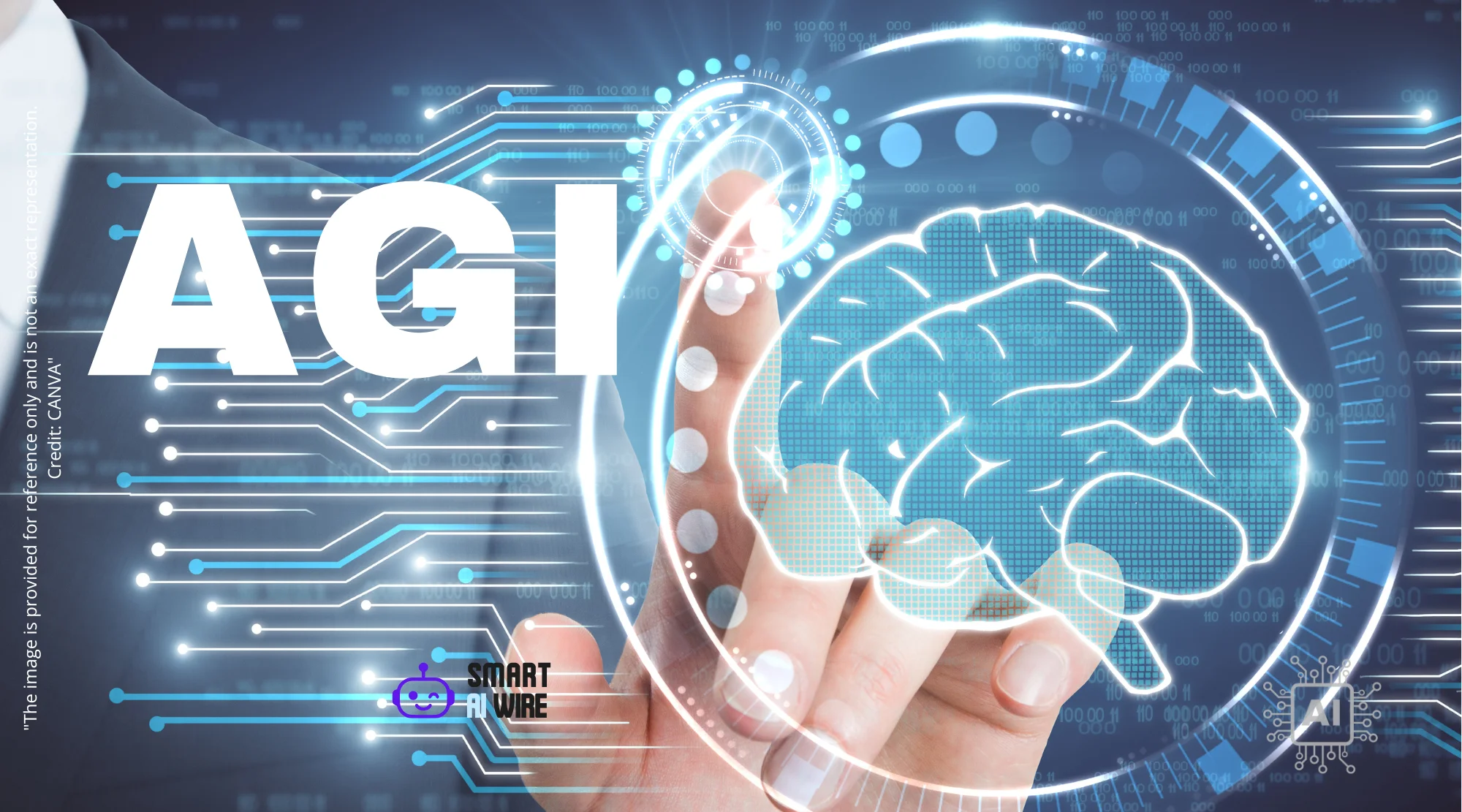Unraveling History: How AI is Helping to Identify a Nazi Perpetrator
Artificial intelligence is rapidly changing how we interact with technology, but its impact extends far beyond everyday convenience. In a groundbreaking application, AI is now being used to analyze historical data, shedding light on previously unsolved mysteries and bringing clarity to some of history’s darkest chapters. One recent example involves the use of AI to identify a Nazi official in a photograph documenting a horrific Holocaust-era crime.
This innovative use of AI holds immense potential for historical research, offering tools to analyze vast amounts of data, identify patterns, and connect previously disparate pieces of information. This development promises not only to bring closure to long-standing questions but also to deepen our understanding of the past and prevent such atrocities from being forgotten.
The Power of AI in Historical Analysis
AI’s ability to process and analyze massive datasets makes it an invaluable tool for historians. Traditional historical research often relies on painstaking manual review of documents, photographs, and other records. This process can be slow, resource-intensive, and prone to human error.
AI, on the other hand, can quickly sift through large volumes of information, identify subtle patterns, and make connections that might be missed by human researchers. Facial recognition technology, in particular, has proven useful in identifying individuals in historical photographs, even when the images are of poor quality or the individuals are partially obscured. This is particularly significant when applied to sensitive cases.

Solving Historical Puzzles with Facial Recognition
Facial recognition algorithms have advanced significantly in recent years. Modern AI systems can now accurately identify individuals based on subtle facial features, even when the images are old, damaged, or taken from unusual angles. This technology relies on machine learning, where the AI system is trained on a large dataset of facial images to learn the distinguishing characteristics of different individuals.
The application of facial recognition in historical research allows historians to confirm or deny identities, piece together events, and gain a clearer understanding of historical figures and their actions. This is crucial for understanding the nuances of historical events and ensuring accountability.
Case Study: Identifying a Nazi in a Holocaust Murder Image
Recently, a historian used AI to analyze a notorious photograph depicting the “Last Jew in Vinnitsa,” a haunting image of a Jewish man being executed by a Nazi soldier during the Holocaust. The photograph has become a symbol of the horrors of the Holocaust, but the identity of the Nazi perpetrator remained unknown for decades.
By using advanced facial recognition technology, the historian was able to compare the facial features of the Nazi soldier in the photograph with a database of known Nazi officials. The AI system identified a potential match, which was then further investigated using other historical records. This cross-referencing of AI results with traditional research methods is key to ensuring accuracy.
Verifying AI Findings Through Traditional Research
While AI can provide valuable leads, it is essential to verify the findings using traditional historical research methods. In the case of the Nazi identification, the AI-generated lead was cross-referenced with other historical records, such as military service records, personal documents, and eyewitness accounts.
This multi-faceted approach ensures the accuracy and reliability of the findings, preventing misidentification and guarding against potential biases in the AI algorithms. The combination of AI technology and historical expertise allows for a more thorough and accurate investigation.
Ethical Considerations in Using AI for Historical Research
The use of AI in historical research raises several ethical considerations. One concern is the potential for bias in AI algorithms. If the training data used to develop the AI system is biased, the system may produce biased results. For example, if the facial recognition system is primarily trained on images of one ethnic group, it may be less accurate when identifying individuals from other ethnic groups.
Another ethical consideration is the potential for misuse of the technology. Facial recognition technology could be used to identify and track individuals, potentially leading to privacy violations and other abuses. Therefore, it is crucial to establish ethical guidelines and regulations for the use of AI in historical research. For example, ensuring transparency in the AI’s decision-making process and allowing for human oversight can help mitigate these risks.
The Future of AI and Historical Analysis
The successful identification of a Nazi official using AI demonstrates the immense potential of this technology for historical research. In the future, AI could be used to analyze vast archives of historical documents, identify patterns in historical events, and gain a deeper understanding of the past. AI can assist in translating and interpreting old texts, uncovering hidden connections, and even reconstructing past environments.
For instance, AI could be used to analyze historical census data to track population movements, study economic trends, and identify social inequalities. It could also be used to analyze historical weather data to understand the impact of climate change on past societies. The possibilities are endless, and the potential benefits for historical understanding are enormous. Internal Link to: AI for Global Good: Solving the World’s Biggest Challenges: https://smartaiwire.com/ai-for-global-good-solving-the-worlds-biggest-challenges/
Addressing Challenges and Limitations
Despite its potential, the use of AI in historical research also faces several challenges and limitations. One challenge is the availability and quality of historical data. Many historical records are incomplete, damaged, or difficult to access. This can limit the accuracy and reliability of AI-based analysis.
Another challenge is the need for interdisciplinary collaboration. Effective use of AI in historical research requires close collaboration between historians, computer scientists, and other experts. This can be challenging, as these different disciplines often have different perspectives and approaches. Furthermore, funding and resources are often limited, which can hinder the development and implementation of AI-driven historical projects.
Democratizing Historical Research with AI
One of the most exciting aspects of using AI in historical research is its potential to democratize the field. By making sophisticated analytical tools more accessible, AI can empower researchers from diverse backgrounds and institutions to contribute to our understanding of the past. EXTERNAL LINK: Stanford University’s “Mapping the Republic of Letters” project exemplifies this by using computational methods to analyze historical correspondence networks, allowing researchers worldwide to collaborate and gain insights from digitized archives.
For example, AI-powered tools can assist in translating and transcribing historical documents, making them accessible to a wider audience. AI can also help to identify and correct errors in historical records, improving their accuracy and reliability. This can level the playing field, allowing researchers with limited resources to make significant contributions to the field.
Preserving History for Future Generations
The use of AI in historical research can also help to preserve history for future generations. By digitizing and analyzing historical records, AI can help to ensure that these records are not lost or forgotten. AI can also be used to create interactive exhibits and educational resources, making history more engaging and accessible to the public.
For instance, AI-powered virtual reality experiences can transport users back in time, allowing them to experience historical events firsthand. AI can also be used to create personalized learning experiences, tailoring historical content to the interests and needs of individual students. This can help to foster a deeper appreciation of history and its relevance to the present. Internal Link to: AI in Education: Preparing Students for an AI-Driven World: https://smartaiwire.com/ai-in-education-preparing-students-for-an-ai-driven-world/
Conclusion: AI as a Catalyst for Historical Discovery
The application of AI to identify a Nazi perpetrator in a Holocaust murder image exemplifies the transformative potential of this technology in historical research. By analyzing vast datasets, identifying patterns, and making connections that might be missed by human researchers, AI is helping to bring clarity to some of history’s darkest chapters. However, ethical considerations, data quality, and interdisciplinary collaboration are crucial for ensuring responsible and accurate use of AI in historical analysis. As AI technology continues to evolve, it promises to unlock new insights into the past, democratize historical research, and preserve history for future generations, fundamentally changing how we understand and interact with our shared human story. Furthermore, the use of AI provides a critical tool in the ongoing effort to combat misinformation and historical denialism, by providing verifiable evidence and promoting a more accurate understanding of the past. EXTERNAL LINK: United States Holocaust Memorial Museum offers extensive resources on the Holocaust, including historical photographs and documents.



